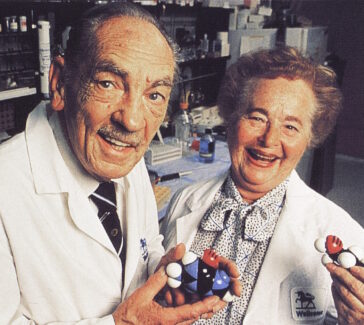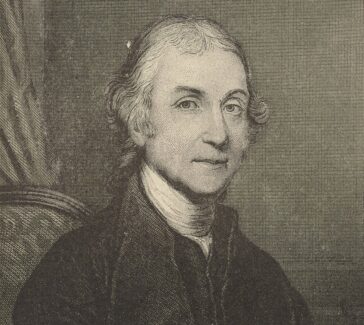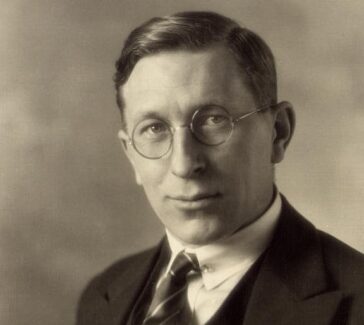Alexander Fleming
Fleming’s serendipitous discovery of penicillin changed the course of medicine and earned him a Nobel Prize.
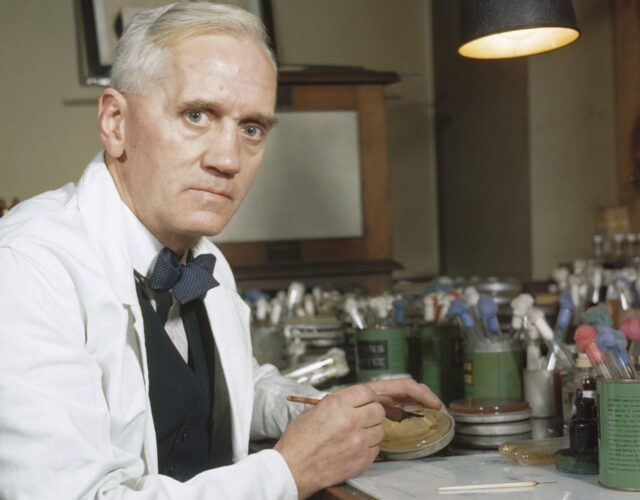
In 1928 Alexander Fleming (1881–1955) discovered penicillin, though he did not realize the full significance of his discovery for at least another decade. He eventually received the Nobel Prize in Physiology or Medicine in 1945.
As far back as the 19th century, antagonism between certain bacteria and molds had been observed, and a name was given to this phenomenon—antibiosis—but little was made of these observations. A folk tradition using molds in medicine was similarly neglected. In 1928 Alexander Fleming discovered penicillin, made from the Penicillium notatum mold, but he did not receive the Nobel Prize in Physiology or Medicine for his discovery until 1945.
Fleming himself did not realize how important his discovery was; for a decade after, he focused instead on penicillin’s potential use as a topical antiseptic for wounds and surface infections and as a means of isolating certain bacteria in laboratory cultures. It was left to his fellow Nobelists, Howard Florey and Ernst Chain, to demonstrate in 1940 that penicillin could be used as a therapeutic agent to fight a large number of bacterial diseases.
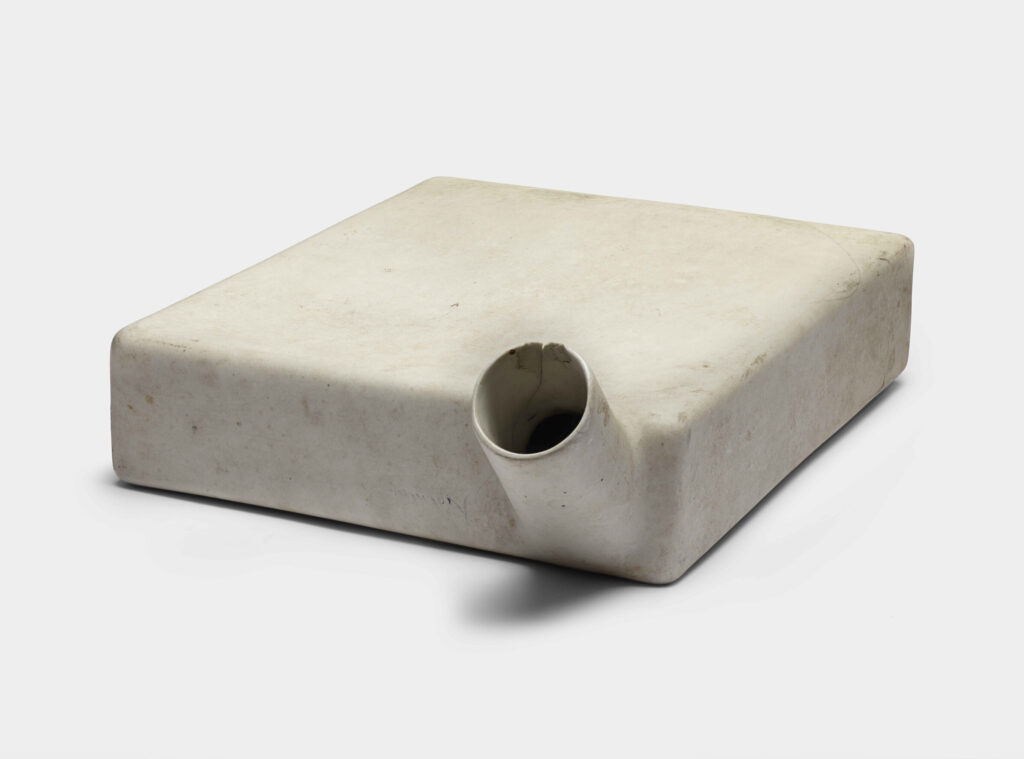
The Road to St. Mary’s
Born in Lochfield, Ayrshire, Scotland, Fleming was the seventh of eight surviving children in a farm family. His father died when he was seven years old, leaving his mother to manage the farm with her eldest stepson. Fleming, having acquired a good basic education in local schools, followed a stepbrother, already a practicing physician, to London when he was 13.
He spent his teenaged years attending classes at Regent Street Polytechnic, working as a shipping clerk, and serving briefly in the army during the Boer War (1899–1902), although he did not see combat. Then in 1901 he won a scholarship to St. Mary’s Hospital Medical School in Paddington, London, which remained his professional home for the rest of his life.
Approaches to Fighting Infectious Disease
Fleming accepted a post as a medical bacteriologist at St. Mary’s after completing his studies, and in 1906 he joined the staff of the Inoculation Department under the direction of Sir Almroth Wright. Wright strongly believed in strengthening the body’s own immune system through vaccine therapy, not by chemotherapy—the introduction of external chemical agents (see Paul Ehrlich). Nonetheless, he turned over to Fleming samples of a new drug, Salvarsan, synthesized by Paul Ehrlich and colleagues for treating syphilis.
Fleming’s experience administering the drug to patients was positive, and thereafter he maintained a small but lucrative practice administering Salvarsan to wealthy patients suffering from syphilis. During World War I, Fleming worked at a special wound-research laboratory in Boulogne, France, headed by Wright. There he began research that produced results more in keeping with Wright’s thinking. He was able to demonstrate that then commonly used chemical antiseptics like carbolic acid do not sterilize jagged wounds; rather, pus has its own antibacterial powers. Using cells on a slide, he was able to show that chemical antiseptics in dilutions harmless to bacteria actually damage white blood corpuscles (leukocytes)—the body’s first line of defense.
After World War I, Fleming continued to work on leukocytes and antisepsis. In 1921 he discovered a substance in nasal mucus that causes bacteria to disintegrate. Fleming and a colleague subsequently detected this substance, which he named lysozyme, in human blood serum, tears, saliva, milk, and a wide variety of other fluids. In its natural state lysozyme seemed to be more effective against harmless airborne bacteria than against disease-causing bacteria. And attempts to concentrate it, thereby strengthening its antiseptic properties, proved unsuccessful.
Penicillin Discovered—by Accident
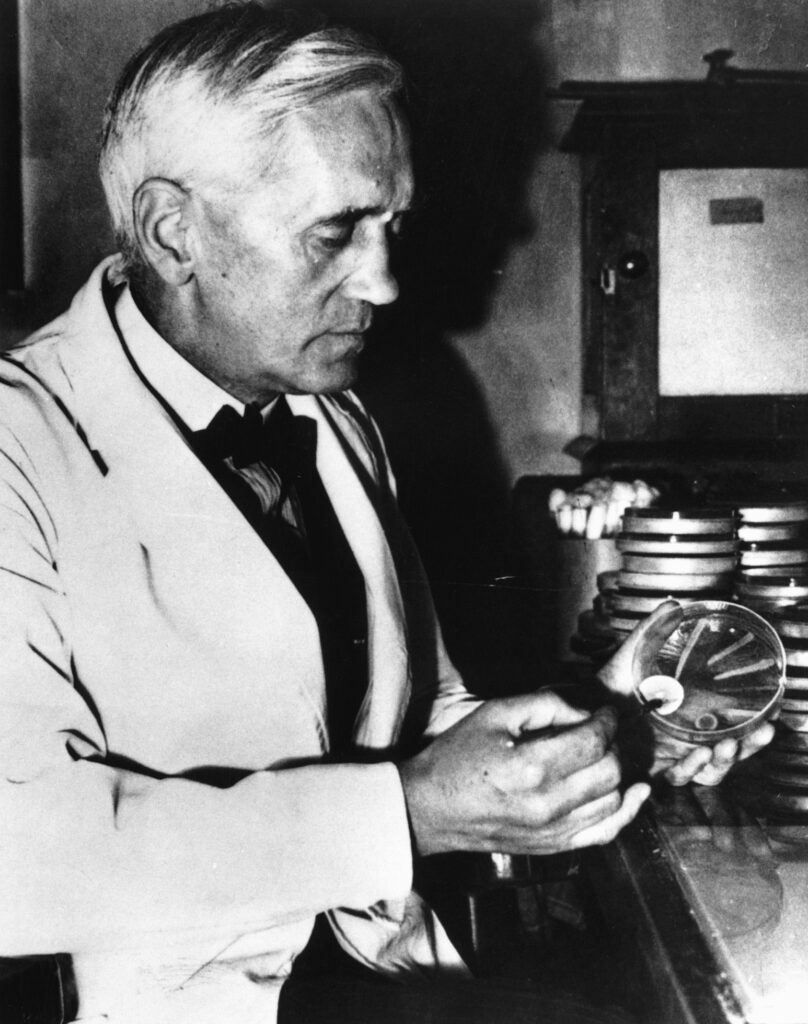
Fleming’s legendary discovery of penicillin occurred in 1928, while he was investigating staphylococcus, a common type of bacteria that causes boils and can also cause disastrous infections in patients with weakened immune systems. Before Fleming left for a two-week vacation, a petri dish containing a staphylococcus culture was left on a lab bench and never placed in the incubator as intended.
Somehow, in preparing the culture, a Penicillium mold spore had been accidentally introduced into the medium—perhaps coming in through a window, or more likely floating up a stairwell from the lab below where various molds were being cultured. The temperature conditions that prevailed during Fleming’s absence permitted both the bacteria and the mold spores to grow; had the incubator been used, only the bacteria could have grown.
Fleming’s laboratory notebooks are sketchy, and his subsequent accounts of the discovery are contradictory. The evidence of the first culture, which he photographed, indicated that he observed lysis, the weakening and destruction of bacteria—as in his lysozyme studies.
But sometimes he described the key observation as an instance of inhibition or prevention of bacterial growth in areas affected by the mold “juice,” evidenced by a clear zone surrounding the mold. Although these two effects occur under quite different conditions, Fleming probably forgot which observation came first, for in the months subsequent to the original observation he conducted many experiments while varying conditions systematically.
He discovered that the antibacterial substance was not produced by all molds, only by certain strains of Penicillium, namely, Penicillium notatum. Although he could not isolate it, he named the active substance “penicillin.” He studied methods of producing the impure product and determined its stability at different temperatures and over various lengths of time. He investigated its effect on many microbes, curiously omitting the familiar spirochete that causes syphilis (which Salvarsan controlled but did not eliminate).
He tested its toxicity on a laboratory mouse and a rabbit. Forever after, it has been a puzzle why he did not inject these or other laboratory animals with staphylococcus or other disease-causing bacteria before injecting them with the fluid containing penicillin. Perhaps the explanation lay in his belief that cures come from within the body itself, rather than from an external agent. So he was not looking for a curative agent but rather focused on his new find as a topical antiseptic. In later years he claimed that the difficulties he had experienced in isolating and stabilizing penicillin, let alone the problems of producing sufficient quantities for clinical trials, had prevented him from realizing the full fruits of his research.
In fact, in the 1930s, little notice was taken by the scientific community of his paper published in the British Journal of Experimental Pathology (June 1929). Those few scientists who sent for samples and tried to gain more understanding of the properties of penicillin did not or could not capitalize on Fleming’s discovery.

